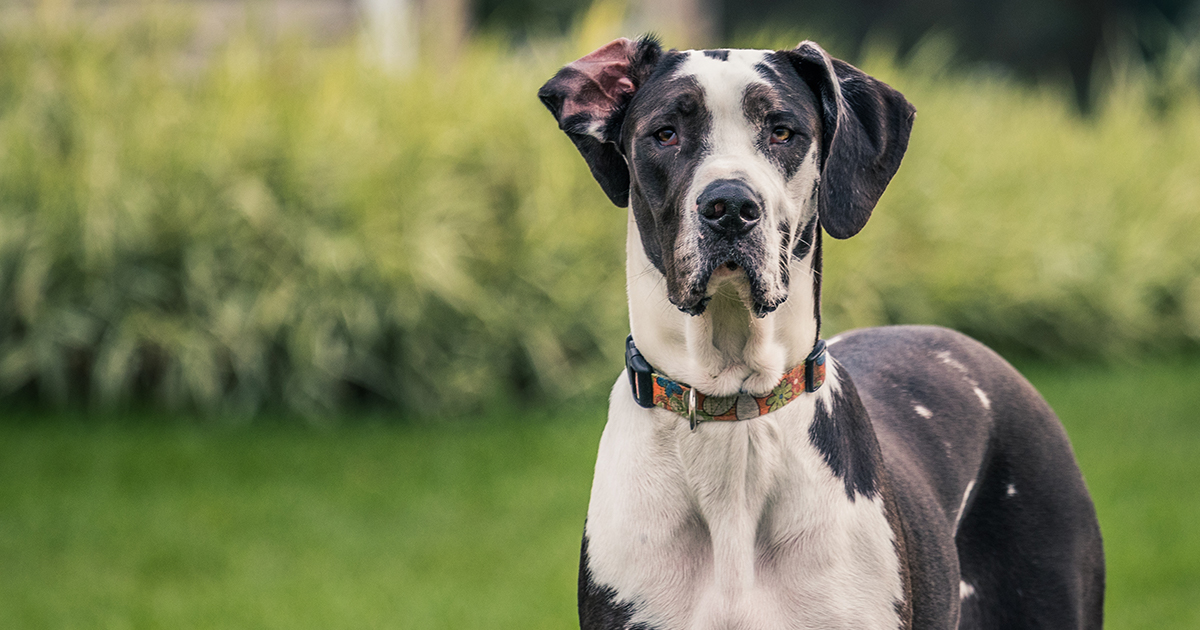Should I Be Concerned About My Dog’s Skin Tags?

Dogs get lumps and bumps on their skin, just like people do. Some of them, like skin tags, are completely benign (non-cancerous). But others can be more dangerous, and it’s not always easy to tell the difference.
That’s why you should always check with your veterinarian if you notice any skin growths on your dog that are new or appear to be changing color, size or shape. You should also schedule an appointment if skin growths are bleeding or have unusual discharge, or if your dog is licking or chewing at them.
Although it may be tempting, you should never try to remove any skin growth on your dog by yourself. Doing so can put your dog at risk for uncontrolled bleeding, infection and possibly worse, if you disturb cancerous cells.
What are skin tags on dogs?
Skin tags are benign skin growths that are relatively common in dogs and rare in cats. They go by several different medical names, including fibrovascular papillomas, keratin tags, skin polyps, acrochordons and fibroepithelial polyps.
These growths are often long, thin and droopy and may be attached to the skin with a narrow stalk. They may be pink or pigmented and may appear as solitary growths or in clusters. Attached wood ticks and even canine nipples can be mistaken for skin tags.
Although the cause of skin tags is unknown, they tend to occur in large or giant breeds, such as Labrador retrievers and Great Danes, in places where their bodies might rub or press against the floor, such as the chest, trunk and some joints. Because of this, it’s suspected that chronic chafing or pressure may play a role in their development.
Diagnosing skin tags
Some veterinarians may be able to recognize a skin tag on sight, but since some cancerous skin tumors can masquerade as innocent growths, they may recommend taking a biopsy and submitting the tissue for analysis, just to rule out other possible masses.
Treatment and prognosis
Because skin tags are generally harmless, it’s usually not an emergency if you spot one, although you should have it checked out by your veterinarian just in case. If your dog isn’t bothered by them and there’s no underlying health concern, the vet will likely not suggest treatment. However, if they get caught on things, are frequently nicked during grooming, or if your dog is chewing or licking at them, it may be worth it to remove them.
Skin tags can usually be removed via surgery, using a scalpel or laser, with local anesthesia. Another option is cryotherapy, or the use of liquid nitrogen or nitrous oxide to freeze the tissue, which eventually dries up and falls off.
It may be possible to prevent skin tag development by providing large and giant breed dogs with well-padded beds to cushion their skin when they lie down. In any event, they’re usually not something to worry about.
